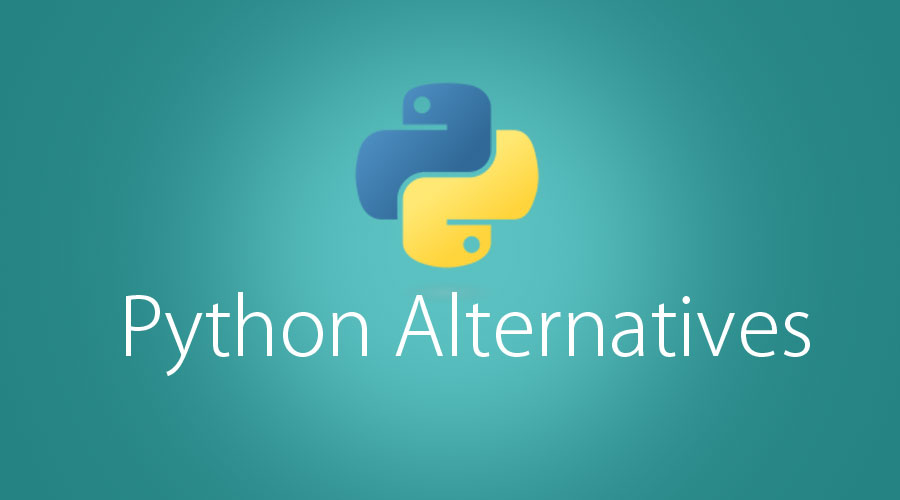
Introduction to Python
Python is the primary programming language for various application development processes, including web-based applications, data analytical applications, and machine learning implementation. Some alternate options for Python are NodeJS, Ruby, PHP, Golang, Java, and Scala. Most of these Python alternate frameworks or platforms offer all of the functions of Python, and a few have partial features of Python combined with their improved qualities, which makes them either equal to or finer than Python.
List of Python Alternatives
Below are the different Python Alternatives which are as follows:
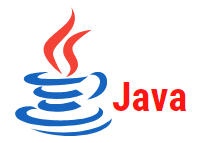
1. Java
- It is an object-oriented language like Python, which handles bulky applications carrying very involved business logic.
- Many products have been developed using Java, and Oracle Corporation is currently handling all the upcoming versions.
- Java offers multiple features, from basic OOPS concepts to multithreading, streams, lambdas, functional interfaces, etc.
- You can follow design patterns implementation using concepts of abstract classes, inheritance, interfaces, etc.
- Rest Webservices, SOAP web service can be developed with Java (web services are used for inter-application communication).
- Java-based projects are generally chosen with a stack containing Spring (for dependency resolutions, security, and JDBC template, etc.), Hibernate (for persisting with database), and Java (8 or above preferred). These all make the backend of the application.
- Android-based applications, video-streaming-based applications, applets, etc., can be developed with Java.
- Java is platform-independent too.

2. NodeJS
- This is one of the most used technologies for server-side development these days, as it offers higher flexibility by just putting Javascript into the picture, so you need not learn different languages for the backend and frontend.
- Node is a single-threaded asynchronous (non-blocking) communication-based technology; hence, it is lightweight and doesn’t initiate a thread for every request. It’s fast, built on Google Chrome’s V8 Javascript Engine.
- Multiple middlewares can be added to perform the task.
- People have published their packages using a node package manager.
- You can incorporate new services like Kafka, Twilio, LogDNA, Auth0, etc., with great ease here.
- Small-scale companies find it easy to continue with this technology for application development.
- A very flexible and in-demand stack called MEAN stack is used, M-> MongoDB, E-> Express.js, A-> AngularJS, and N -> AngularJS
- Applications like Paypal and Linkedin use this technology.
- They are also highly compatible with NoSQL databases, which deal with JSON or BSON formats.
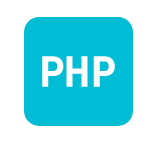
3. PHP
- Developers use this language extensively to create a wide range of small-scale and large-scale applications, making it one of the most flexible languages ever.
- Good products based on PHP, like WordPress, have come up in the market, where it’s easy for people to host and maintain their websites and manage content efficiently.
- PHP and MySQL are used in conjunction with solution building.
- It has a limited scope as it is restricted to the web development arena only, while Python is a full-stack programming language that can be used in data analytics and machine learning also.
- PHP is a scripting language, and Python is a programming language.
- So only a subset of features offered by PHP match up with Python; if just web application development is the focus, then you can go by PHP only.
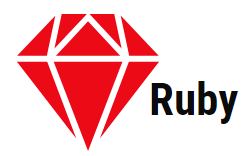
4. Ruby
- It has served as the foundation for developing noteworthy products such as Github and Slideshare.
- Ruby and Rails structure a stack when looking for web application development.
- These two languages are powerful enough to accomplish CRUD operations with just a few steps and minimal code, whereas Python often requires more extensive coding for the same tasks.
- Ruby and Rails provide ample advantages as they generate a healthy skeleton for web development.
- Again the significant difference is that Python holds a strong hand in domains other than web development, like data science and machine learning, while Ruby is just for web development’s sake.
- It keeps certain things abstract to keep the life of developers accessible, while Python throws up everything to the programmer.
- Like Python, it is an interpreted language compatible across multiple platforms.
- Ruby, being a dynamically typed language, allows modification of a program while it’s running. Metaprogramming is the term for the ability to treat data as executable code.
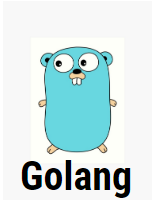
5. Golang
- Google developed this language, so they built certain products, like Kubernetes and Docker, exclusively on Golang.
- Go is a fast, statically typed, compiled programming language. Go is similar in syntactic to C language but has memory safety and garbage collection-like features.
- The concurrency mechanisms are suitable, making them write programs for multicore and networked machines.
- Go has support for runtime reflection.
- It is ideal for developing the backend for Single Page Applications and mobile applications, but traditional applications need not be developed using it.
- Go offers simple syntax, fast compilation, and object-oriented programming based on “structural typing.”
- Go has support for socket programming via TCP and UDP protocols.
- Building REST APIs is more powerful and reliable with Go. Probably the developers are fine to migrate from Node and C# to Golang for this.
- While Python is a dynamically typed language, Go is statically typed only.
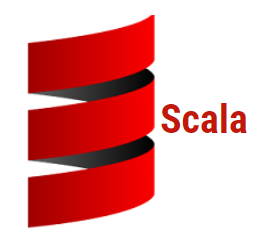
6. Scala
- Scala is both a functional programming language and an object-oriented language; primitives are not present here, and hence everything is an object; static keyword also is not significant here. Scala is a contraction of the words “scalable” and “language.”
- Developers have built tools like Apache Kafka and Apache Spark on Scala.
- Scala’s static types help avoid bugs in complex applications.
- Designed to interoperate with Java Runtime Environment, Scala also allows the nesting of functions and supports currying.
- Singleton objects provide a convenient way to group functions without class members.
- Using Scala means we need to put less code into a picture, and it will be efficient.
- Scala also offers features like immutability, pure functions, recursion, high-order functions, currying, and partially applied functions.
Conclusion
Python is an all-around functional language as it has to offer a lot in web development, data science, and machine learning. Now it all depends on what perfectly fits your application and satisfies your business logic, taking care of scalability and complexity-like constraints.
Recommended Articles
This has been a guide on Python Alternatives. Here we have discussed the basic concept with the top 6 Python Alternatives with their features. You may also look at the following article to learn more –

